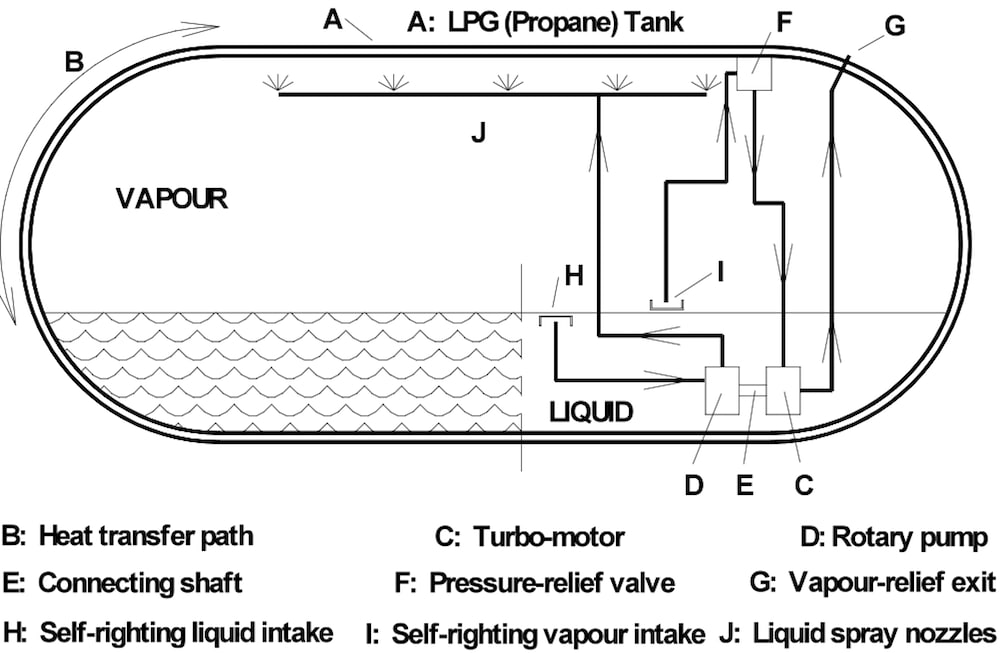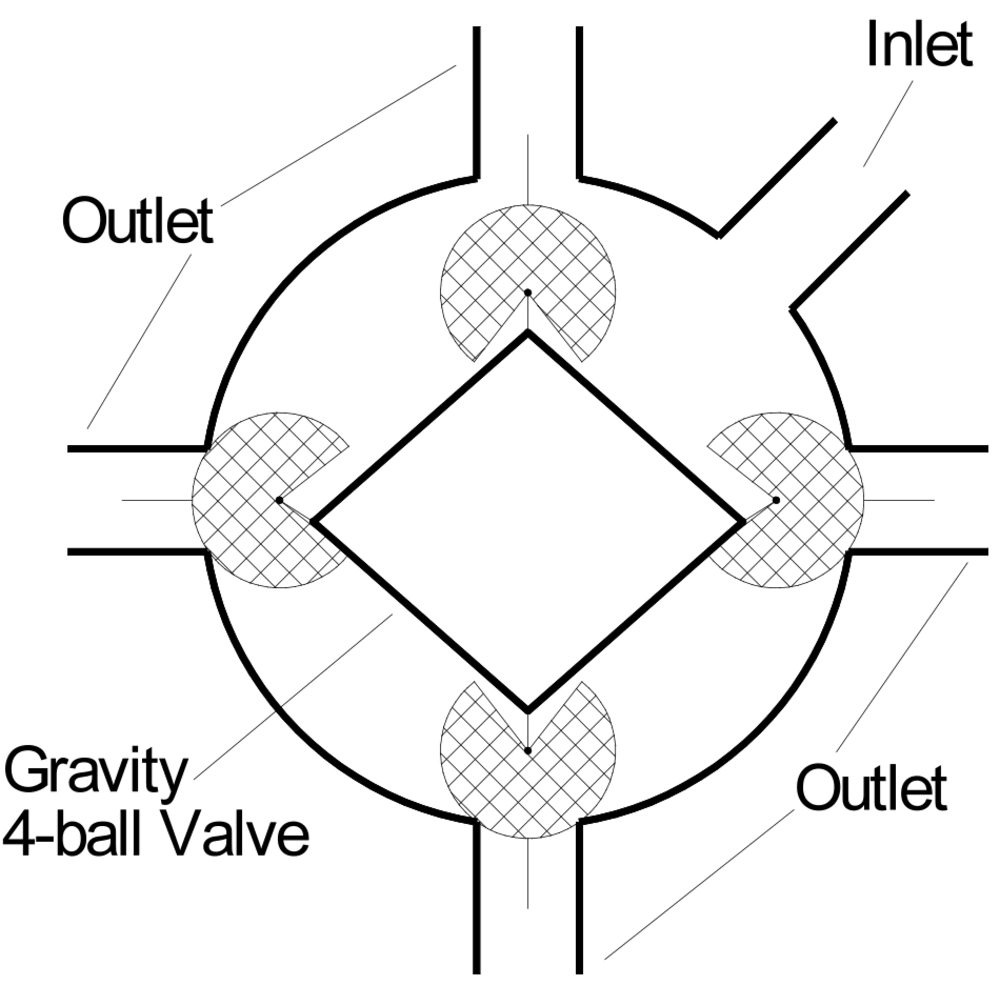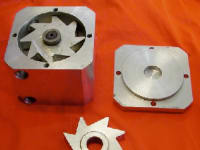Propane (LPG) tanks engulfed in a fire can explode in a most violent and devastating manner, called a BLEVE (Boiling Liquid Expanding Vapour Explosion). There have been a number of tragic BLEVE's over the years, causing much human suffering and property destruction.
The biggest dread for any firefighter, and other emergency-services personnel, is when they are required to attend a fire where propane tanks are involved. They know the tanks may well explode, but they do not know when, or how large the explosion will be.
BLEVE occurs when a propane tank is engulfed in a fire. The top of the tank becomes hot and weakened, causing the tank to rupture due to the high pressure fuel inside the tank.
The invention is a propane tank anti-BLEVE safety system.
It is suitable for new and existing large storage and transportation (rail and road) tanks.
It is a simple, low-cost, completely-automatic, self-actuating device that best-prevents pressurized fuel tanks from exploding.
The system has a simple turbo-charger inside the tank, and uses the vapour escaping through the pressure safety relief-valve to spin the turbo-charger that takes in liquid propane just below the surface, near the tank shell, and sprays it vertically upwards to cool the top part of the tank.
An inverted tank will discharge liquid fuel, which stops the internal cooling effect. This also releases 270 times the amount of fuel that would have been released as a vapour.
The safety system comprises an automatic self-contained turbo-charger pump that sprays cool liquid fuel upwards onto the (internal) surface of the tank, in order to prevent it from over-heating, rupturing and then exploding In a nuclear bomb-like manner.
In mobile tanks, a gravity-valve assembly ensures that the liquid is always sprayed upwards, and that only vapour is emitted from the safety-relief valve.
The turbo-charger pump is powered by the fuel vapour escaping through the safety-relief valve, hence it is fully automatic.
The unit is reliable and durable as it is (virtually) always immersed in non-corrosive liquid fuel.
When a propane tank is engulfed in a fire, the temperature of the tank and fuel will rise, causing an increase in the pressure inside the tank. When the pressure rises to a pre-set value, the safety relief-valve will automatically open, to allow some fuel to escape.
Providing gaseous fuel is released (from the space above the surface of the liquid), boiling will occur at the surface of the liquid, due to the reduction in pressure, thus lowering the temperature, and extracting heat from the tank into the liquid fuel.
The safety relief-valve will close again when the tank pressure drops to the blow-off value.
If sufficient heat is still applied to the tank, this relieving cycle will repeat. This is OK for a while until the heat conducting path, from the top of the tank around to the surface of the liquid, increases to the point where the top of the tank over-heats, softens, and then ruptures due to the high internal pressure.
Like this entry?
-
About the Entrant
- Name:Colin Young
- Type of entry:individual
- Patent status:pending








